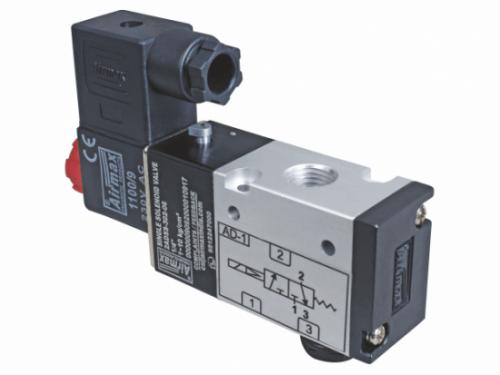Directional Control Valve: Enhancing Precision in Hydraulic Systems

Hydraulic systems rely on various components to function seamlessly, and among these, Directional Control Valves stand as crucial regulators, steering the flow of fluids within a system. Understanding these valves, their types, functionalities, and applications is pivotal in comprehending their indispensable role in diverse industries.
What are Directional Control Valves?
The Directional Control Valve, commonly referred to as DCVs, are pivotal components in hydraulic systems responsible for controlling the flow of fluid, determining its direction, and hence, the movement of actuators.
Importance in Hydraulic Systems
Their significance lies in the ability to manage the flow direction, enabling precise maneuvering of hydraulic systems, thus dictating the movement of various machinery and equipment.
Types of Directional Control Valves
DCVs come in various forms, each designed for specific applications:
Spool Valves
Spool valves utilize movable spools to regulate fluid flow, offering accuracy and versatility in controlling direction and volume.
Poppet Valves
Poppet valves, employing a disc or piston-like structure, facilitate efficient flow control, often preferred for high-pressure systems.
Rotary Valves
These valves utilize a rotary mechanism, offering enhanced control and durability, commonly used in specialized applications.
How Do Directional Control Valves Work?
DCVs operate through mechanical or electronic means, directing the flow of hydraulic fluid to specific sections within a system, thereby controlling the movement of connected machinery.
Operating Mechanisms
Their functioning involves various mechanisms, including solenoids, levers, or pilot-operated mechanisms, each tailored to suit specific operational requirements.
Applications and Industries
Hydraulic Machinery
Directional Control Valves find extensive use in hydraulic machinery, steering the movement of loaders, excavators, and other heavy equipment.
Manufacturing Sector
In manufacturing, these valves regulate the movement of robotic arms and assembly line machinery, ensuring precision and efficiency.
Automotive Industry
They play a vital role in controlling transmissions, power steering, and braking systems in vehicles, contributing to their safe and efficient operation.
Factors Influencing Valve Selection
Pressure Ratings
Selecting the appropriate valve requires consideration of pressure ratings to ensure compatibility with system requirements.
Flow Requirements
Understanding flow demands is essential in choosing valves that can manage the required fluid volume effectively.
Environmental Conditions
Operating environments dictate the choice of materials and design features to withstand varying conditions, such as temperature and corrosive elements.
Maintenance and Troubleshooting
Regular Maintenance Practices
Periodic checks, cleaning, and lubrication are imperative to ensure optimal valve performance and longevity.
Common Issues and Solutions
Identifying and rectifying issues like leaks, sticking valves, or inadequate flow requires meticulous troubleshooting techniques.
Advancements in Directional Control Valves
Innovative Technologies
Ongoing advancements include smart valves integrating sensors and IoT capabilities, revolutionizing efficiency, and predictive maintenance.
Future Trends
The future of DCVs is poised towards increased integration with digital systems, enhancing automation and control.
Conclusion
Directional Control Valves serve as linchpins in hydraulic systems, dictating precise movements across industries. Their evolution and diversification continue to shape the efficiency and innovation of modern machinery.
Post Your Ad Here
Comments